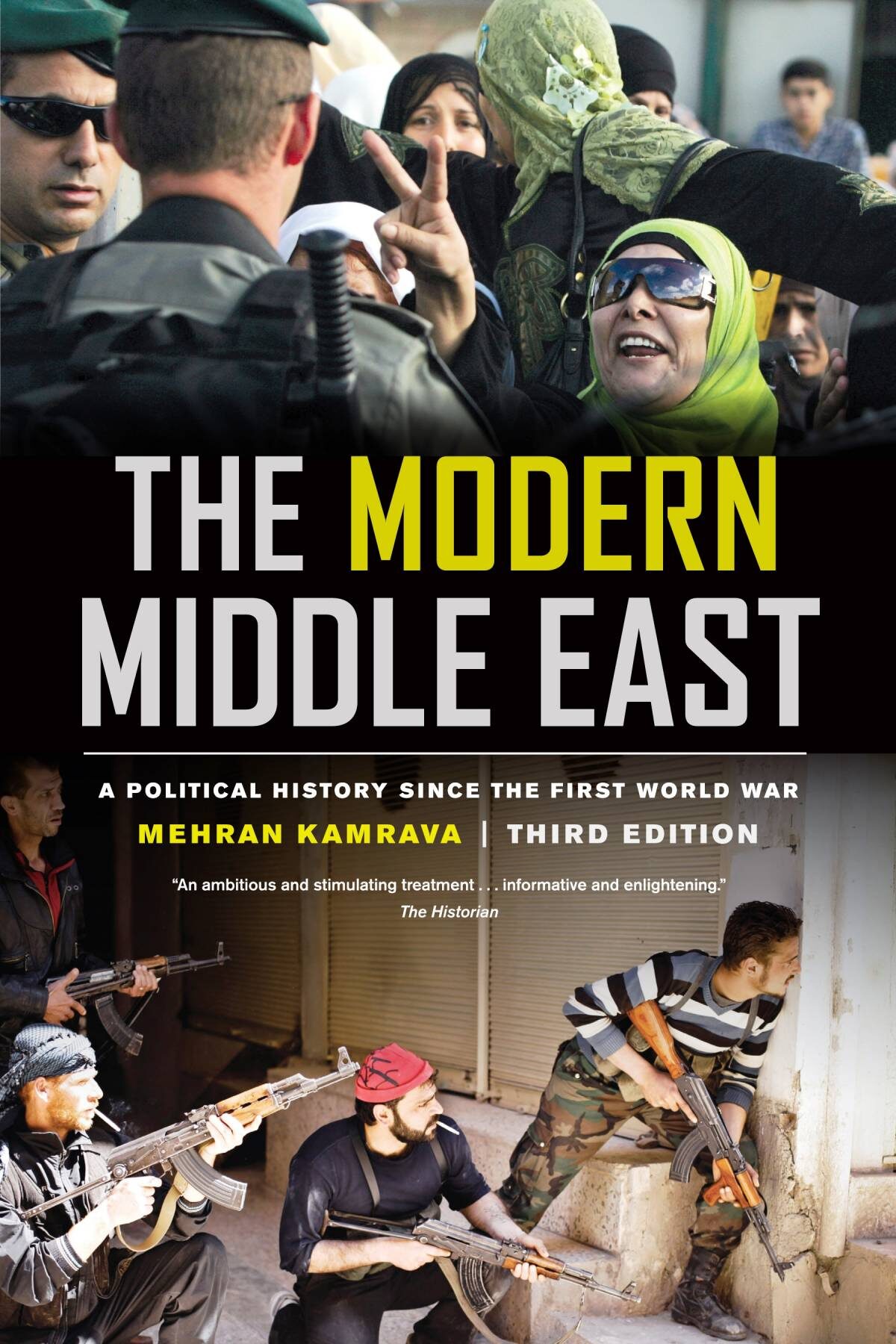The Modern Middle East: A Political History Since The First World War

To cite this publication: Mehran Kamrava, The Modern Middle East: A Political History since the First World War, 3rd ed (Berkeley: University of California Press, 2013).
This book examines the political history of the contemporary Middle East. Although it focuses primarily on the period since the demise of the Ottoman Empire, shortly after World War I, it includes some discussion of pre-Ottoman and Ottoman histories to better clarify the background and the context in which modern Middle Eastern political history has taken shape. The book uses a broad conception of the “Middle East” as a geographic area that extends from Iran in the east to Turkey, Iraq, the Arabian peninsula, the Levant (Lebanon and Syria), and North Africa, including the Maghreb, in the west. Maghreb is the Arabic word for “Occident” and has historically been used to describe areas west of Egypt. In modern times, it has come to refer to Tunisia, Algeria, and Morocco. Libya is also sometimes included as part of the Maghreb, but it is more commonly grouped with Egypt as belonging to North Africa. This completely revised and updated edition of Mehran Kamrava’s classic treatise on the making of the contemporary Middle East remains essential reading for students and general readers who want to gain a better understanding of this diverse region. Read more from University of California Press.